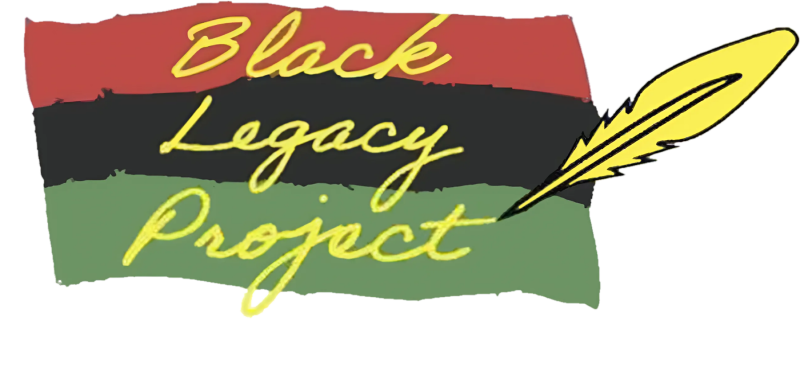Religious Leader / Abolitionist
Born: April 10, 1788, in Calcutta, India (there are also reports he was born in Honduras, though accounts of his origins being in India appear to be the most reliable).
Death: February 3, 1873, in Richmond, Indiana.
Journey to the United States: Paul was ostracized from his family after being introduced to Christianity. He then moved to New York in 1806 and became a member of an anti-slavery Quaker group.
Career as a Religious Leader: In 1808, he moved to Maryland and converted to Methodism. He became a deacon in the African Methodist Episcopal Church (A.M.E) in 1818. Starting in 1836, he began establishing churches along both sides of the Ohio River (which served as a natural boundary between ‘free’ and ‘slave’ states). Richmond’s own Bethel A.M.E Church, established on September 23, 1836, was one such church founded by Paul. By 1838, Paul had become an elder in the A.M.E Church and would go on to become a Senior Bishop in 1849.
Career as an Abolitionist: Upon his arrival to the United States, Paul joined the Hicksites, a Quaker anti-slavery group. He would continue his abolition work throughout his career as a missionary, intertwining his mission of spreading the Gospel with his mission of freeing enslaved people. He established churches in both the ‘free’ and ‘slave’ states (including Indiana, Missouri, and Kentucky) to oppose the institution of slavery. In Richmond, he was a conductor on the Underground Railroad. He housed escaped enslaved people in his own home at 217-219 S. Third Street.
Community Engagement: Paul enjoyed helping the people of Richmond. He would give food and clothes to anyone who needed them and focused especially on teaching the community’s children how to read.

